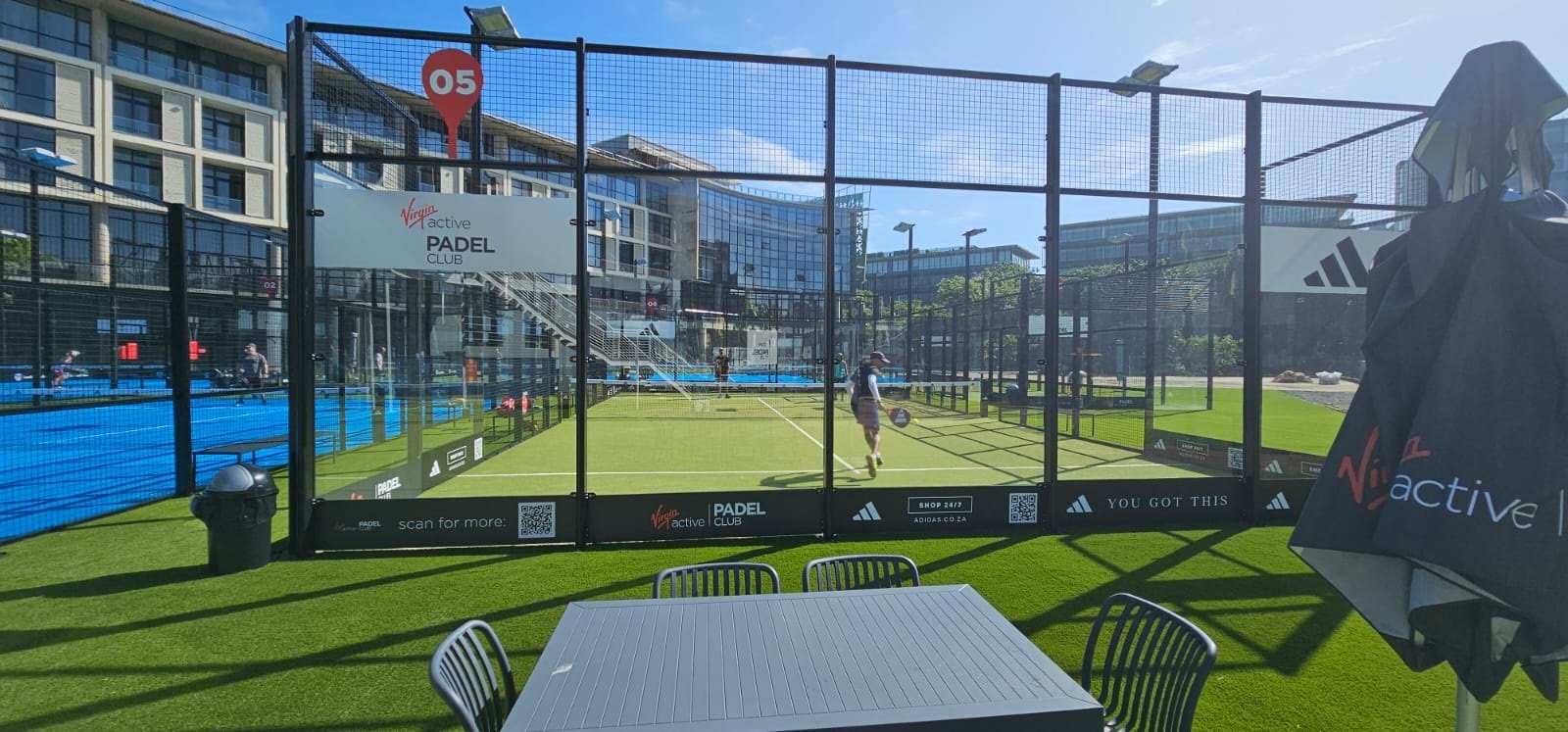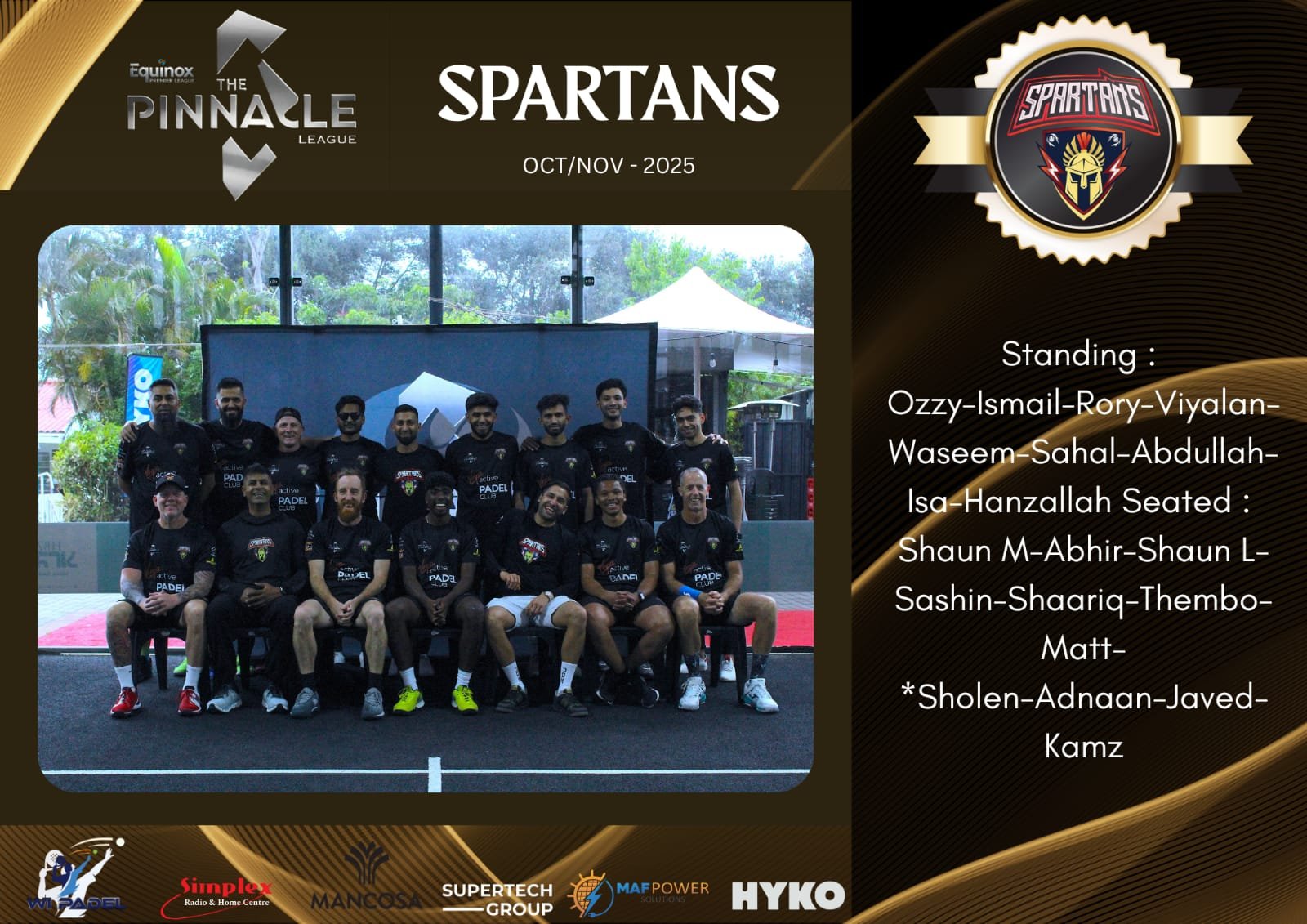The Rise of Padel: A Growing Global Phenomenon
What is Padel? An Introduction to the Sport
Padel is a racket sport that combines elements of tennis and squash, gaining remarkable popularity across the globe in recent years. Originating in Mexico in the 1960s, it was designed to be accessible to a wide range of players, adapting its rules to facilitate an engaging experience for both amateurs and professionals alike. The sport has since spread to numerous countries, notably Spain and Argentina, where it enjoys a substantial following.
One of the unique characteristics of padel is its court design. Unlike a traditional tennis court, a padel court is smaller, measuring 20 meters in length and 10 meters in width, and is enclosed by glass and solid walls. This setup allows the ball to be played off the walls, introducing strategies reminiscent of squash. Players typically use solid, perforated rackets that do not have strings, distinguishing padel from its tennis counterpart.
The fundamental rules of padel are relatively straightforward, making it an ideal sport for newcomers. Matches can consist of two players (singles) or four players (doubles), with points scored in a manner similar to tennis, including the requirement to serve underhanded. A distinctive feature of padel is the “let” rule, allowing a serve to be replayed if it hits the top of the net and lands in the proper service box. Each match is played best of three sets, with the first team to reach six games winning a set.
Equipment for padel consists primarily of a racket and a padel ball, which is slightly softer than a traditional tennis ball. Players often wear sports gear suitable for agility and flexibility. In essence, the growing appeal of padel lies in its blend of tactical gameplay, social interaction, and the enjoyment it offers to individuals of varying skill levels.
The Surge in Popularity: A Global Perspective
Padel, a sport that originated in Mexico in the 1960s, has experienced an extraordinary surge in popularity over the past decade, evolving into a global phenomenon. This growth is evident through an impressive increase in the number of players; recent statistics reveal that there are now over 25 million padel players worldwide, with Europe, particularly Spain and Sweden, leading the way. The sport has transcended borders, drawing players from various regions, including South America, the Middle East, and parts of Asia, thereby cementing its status as a truly international sport.
The burgeoning interest in padel can be attributed to several factors. One significant aspect is the accessibility of the sport. Unlike traditional tennis, padel courts can fit into smaller spaces, making it easier to set up clubs in urban areas. This has led to a notable increase in the number of padel clubs, with estimates suggesting there are now over 20,000 facilities globally. The sport’s format encourages participation as it is played in doubles, promoting a social atmosphere that appeals to players of all ages and skill levels. Consequently, padel provides an excellent option for family engagement and community involvement.
Furthermore, the rise of junior tournaments and increased media coverage plays a crucial role in elevating the sport’s visibility. High-profile events, national leagues, and international competitions have further fueled interest and participation, inspiring a new generation of athletes. Several countries have also incorporated padel into their educational systems and sports programs, fostering future talent and community interest. The integration of padel into various social networks through events and tournaments enhances its attractiveness, creating a vibrant community culture around this engaging sport.
Celebrity Influence and Media Exposure
Padel, a sport originating in Mexico in the 1960s, has witnessed significant growth globally, primarily fueled by the influence of celebrities and media exposure. Recent years have seen high-profile athletes and celebrities embracing padel, bringing the sport into the limelight. For instance, renowned tennis stars such as Rafael Nadal and former soccer players, including Lionel Messi, have publicly endorsed padel, showcasing their skills on various platforms. These endorsements resonate with fans, encouraging them to explore and participate in the sport themselves.
The participation of celebrities in padel events and exhibitions also plays a crucial role in elevating the sport’s profile. When famous personalities take to the courts, they attract media coverage, which in turn leads to increased visibility. Events featuring celebrities create exciting narratives that draw in media attention, which is often picked up by news outlets, sports channels, and online platforms. This media representation serves to not only highlight the sport’s competitive aspect but also its social and recreational facets, appealing to a wider audience.
Furthermore, social media has become a potent tool for promoting padel. Platforms like Instagram, Twitter, and TikTok allow athletes and fans to share experiences, match highlights, and training sessions with vast audiences. This immediacy in content sharing fosters a community around the sport, engaging individuals who may not have previously encountered padel. Video content showcasing thrilling matches and celebrity interactions often goes viral, further propelling interest and participation among diverse demographics.
Televised padel events, such as the World Padel Tour, also contribute significantly to its popularity. Broadcasting matches on mainstream sports networks provides an accessible platform for potential new fans and players. The combination of celebrity influence and robust media exposure creates a ripple effect that propels padel into the global sports conversation, attracting audiences and participants from all walks of life.
The Future of Padel: Trends and Predictions
As padel continues to surge in popularity across the globe, various trends and predictions suggest an even brighter future for the sport. Industry experts foresee a significant increase in the number of padel facilities, with many developing countries showing interest in constructing dedicated courts, thus broadening access to this engaging sport. Given its relatively low entry barriers, the establishment of community-based courts is anticipated, catering to a diverse demographic and promoting widespread participation. Communities may also witness an expansion of padel academies, designed to nurture emerging talent and increase competitive play.
In the realm of competitions, it is expected that padel will solidify its presence on the international sporting stage. With more national and international tournaments being organized, the establishment of professional leagues may enhance the competitiveness of the sport. The integration of padel into multi-sport events, such as the Olympics, represents another opportunity for global exposure and legitimacy. As more athletes and spectators engage with padel, it is likely that various innovations in broadcasting and digital engagement will emerge, further elevating the sport’s visibility.
However, the road ahead is not without challenges. The rapid growth of padel might lead to potential inconsistencies in coaching quality and facility standards, which could hinder player development. Furthermore, as the sport gains traction, there could be increased competition for resources and market saturation in certain regions. To counter these obstacles, it is paramount that stakeholders emphasize collaboration and community engagement initiatives. Local clubs and organizations can play a crucial role in fostering an inclusive environment, promoting the sharing of best practices and ensuring that padel remains accessible to all.
In conclusion, the future of padel appears promising, characterized by growth, innovation, and a strengthened global community. By addressing potential challenges and embracing opportunities for collaboration and involvement, padel can continue its ascent as a beloved sport across various cultures.
Share














Post Comment
You must be logged in to post a comment.